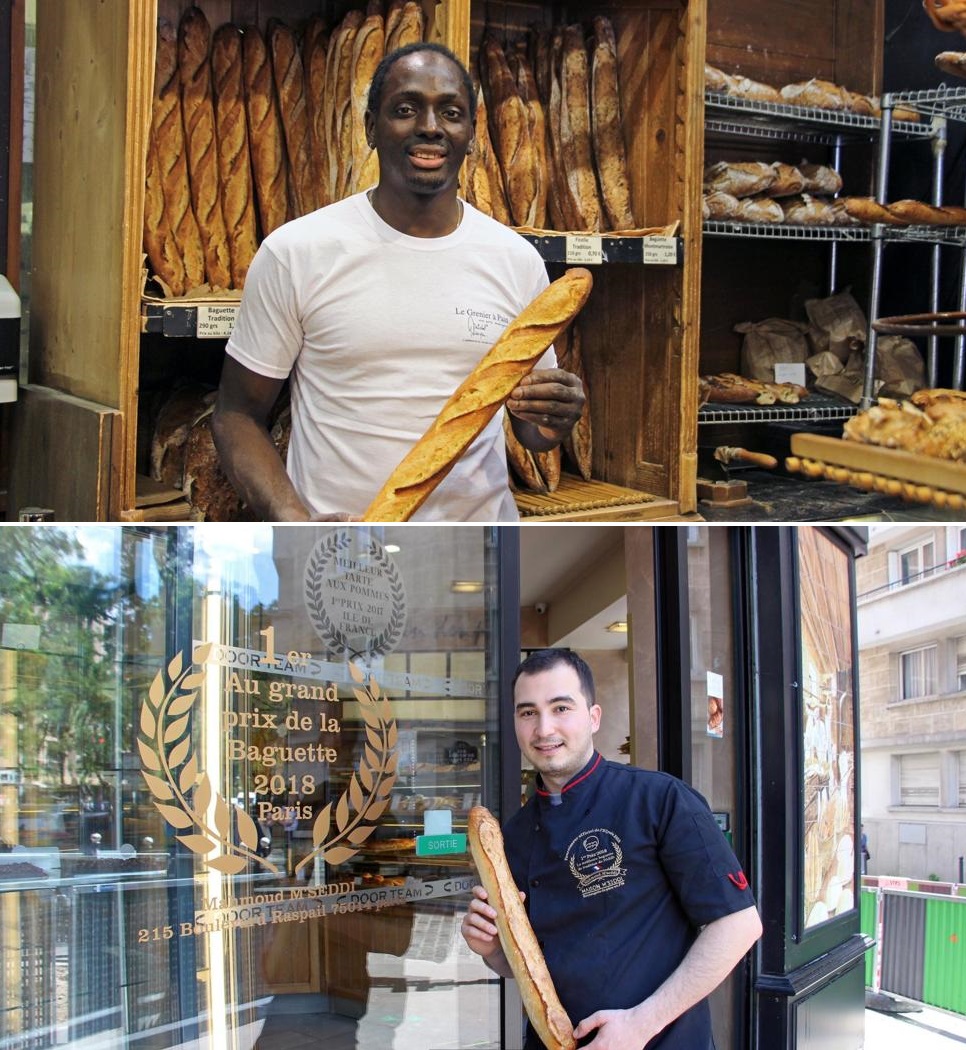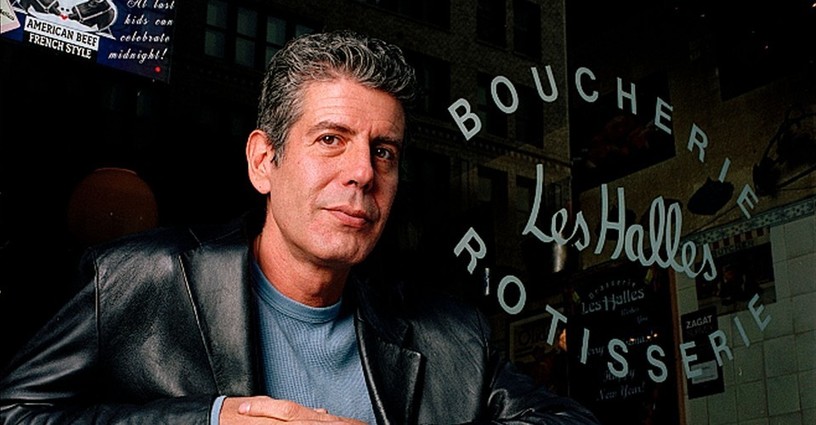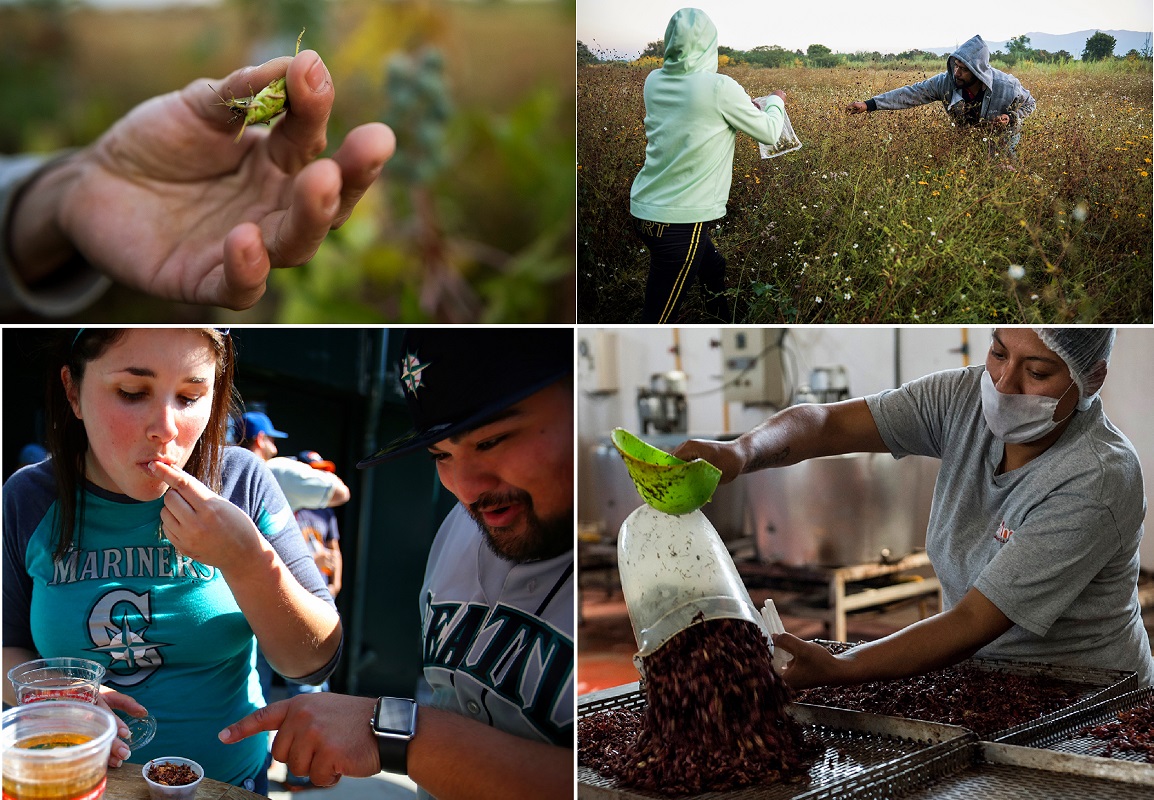
Let’s first dispel some mistaken ideas about Taco Bell (Malcolm Gladwell’s excellent podcast, Revisionist History discussed Taco Bell extensively in an episode that was primarily about the concept of cultural appropriation in music and food).
Myth #1: The Bell represents the Spanish Mission of the Southwest. Fact: Glen Bell is the founder so the family name is the rationale for the iconic bell.
Myth #2: Taco Bell makes bad, cheap Mexican food. Taco Bell’s goal is not trying to make Mexican food, but to make an interpretation of Mexican food for a broader audience with a different palate. They search for the familiar in the unfamiliar and make it all seem new.
One of these “interpretations” of Mexican food is the Mexican Pizza (not a thing in Mexico). While the name doesn’t sound American, the creation of this is a distinctly American concoction. The cultural creation of this on the surface seems like a simple mash-up, but the cultural dynamics are a little more interesting than that. Yes, the fusion is of two familiar ideas, but the reaction to and how cultural innovations are received is culturally mediated. This may seem surprising, but South Asian immigrants to the United States especially love Mexican Pizza (NPR article) because it 1) it has a combination of flavors and spices that is reminiscent of South Asian traditional foods, 2) it can be made to be vegetarian which aligns with the religious customs of Hinduism, and 3) eating fast food with a friends of all backgrounds feels like an All-American activity for young immigrants and children of immigrants.
The cultural reception of the Mexican Pizza shocked Taco Bell executives since the planned for it to be a seasonal part of the menu, like the McRib is for McDonalds’. Sure, it was partly supply chain issues, but they drastically underestimated that this particular menu item would culturally resonate beyond their normal consumer base as demonstrated by this tweet below:
TAGS: culture, diffusion, food.









